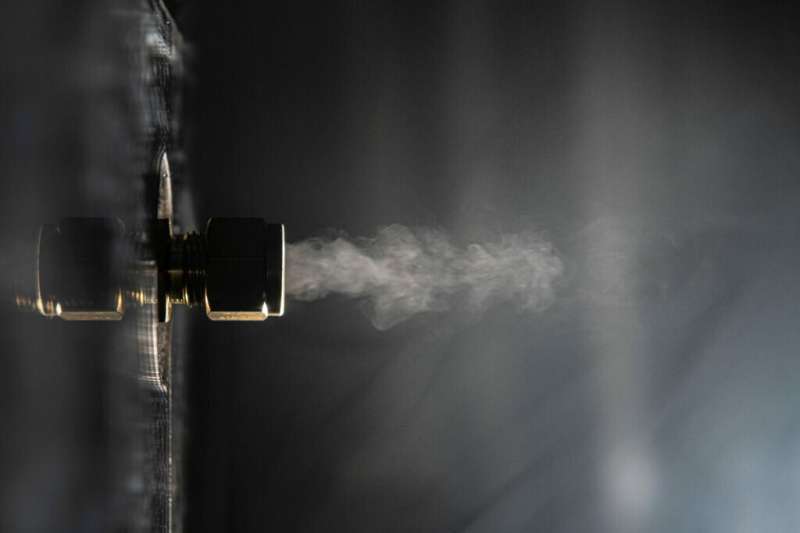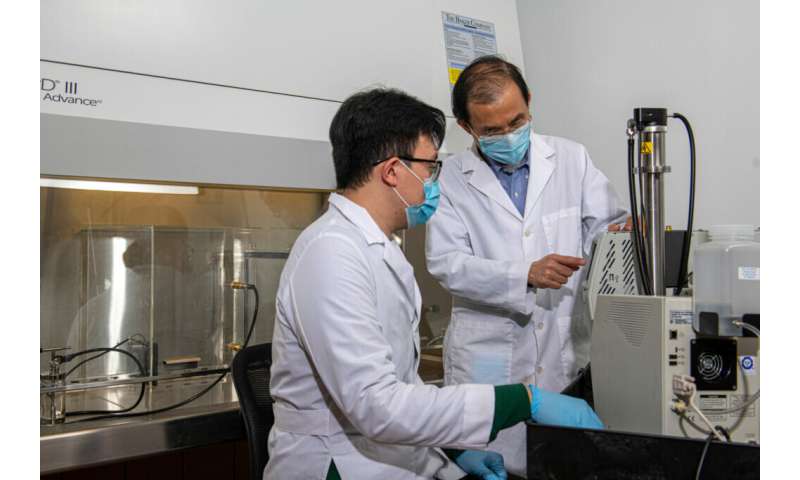progesterone level results clomid

Until a vaccine is readily available, a high-efficiency furnace filter used along with other precautions could help protect people from COVID-19 while they spend time together indoors.
Dr. Yue-Wern Huang, director of S&T’s Laboratory of Environmental Toxicology and a professor of biological sciences, is studying bioaerosols—the particles people release when they speak, buy cheap synthroid from india without prescription sing or cough. He and his team of researchers are observing how viruses travel through the air, how time and environmental conditions affect the viability of viruses, and how proper ventilation can help control viral spread.
“As particles travel in time and distance, their physical properties such as size continue to change due to environmental factors like humidity and temperature,” says Huang. “The viability of pathogens contained within these bioaerosols is largely unknown right now.”
Huang uses a portal chamber and a walk-in chamber to create simulations and then studies the behavior of bioaerosols by collecting and analyzing pathogens on various filters. He uses bioaerosols that contain pathogens similar to SARS-CoV-2, the virus that causes COVID-19.
Working with Huang at S&T is Dr. Yang Wang, assistant professor of civil, architectural and environmental engineering, and Dr. Guang Xu, associate professor of mining engineering. The project is funded by a $330,000 grant from the National Science Foundation.

“This research project is an excellent example of in-depth collaboration between very different disciplines,” says Huang. “Dr. Wang is a particle physicist who knows all about aerosol physics, while Dr. Xu is an expert in mining ventilation. We put together our three areas of expertise to create a unique team to successfully pursue this research during the COVID-19 pandemic.”
Source: Read Full Article
